Power Points:
- 97% of consumers consider review recency to be at least somewhat important when considering a purchase.
- 86% of shoppers feel that review recency is more important when considering a product or brand they haven’t purchased before.
- Review recency is considered most important when shopping for products in the Consumer Electronics and Appliances, Health and Beauty, and Clothes, Shoes, and Accessories categories.
It’s not rocket science. To grow revenue, you need to either:
In a world where consumers have almost endless choices of where to purchase, the latter has become increasingly difficult, not to mention extremely expensive.
If you want to capitalize on every dollar spent on acquisition, one of the best things you can do is to ensure you are constantly sourcing new reviews on your products so that there is always recent content for customers to reference. Without recent reviews, you’ll have a tough time convincing customers to try your product, according to our recent consumer survey of more than 9,000 consumers and analysis of activity across 1.5MM+ ecommerce product pages on 1,200+ brand and retailer sites.
86% of consumers told us they find review recency to be more important when considering a brand or product they haven’t purchased before. This makes sense, as there’s risk involved with purchasing a new or unknown brand or product. Fresh, relevant reviews help shoppers overcome that risk to make a confident purchase.
According to McKinsey, 36% of Americans tried a new brand during the pandemic, marking an unprecedented shift in brand loyalties. The pandemic radically changed consumer shopping behavior, and statistics like these only demonstrate that consumers are more receptive than ever to try new brands.
However, it’s up to brands and retailers to win them over. According to our latest research, fresh reviews are essential to doing so. Read on as we explore the significance of these findings and share proven best practices for consistently generating fresh reviews — even for products you haven’t launched yet.
Recency Matters More for New or Unknown Brands or Products
Nearly all – 97% – of consumers consider review recency to be at least somewhat important when weighing a purchase decision, including 88% who say they always or regularly consider the recency of reviews.
For new brands or products, review recency is even more important. Nearly nine in ten shoppers said that review recency matters more when they’re considering a brand or product they haven’t purchased before.
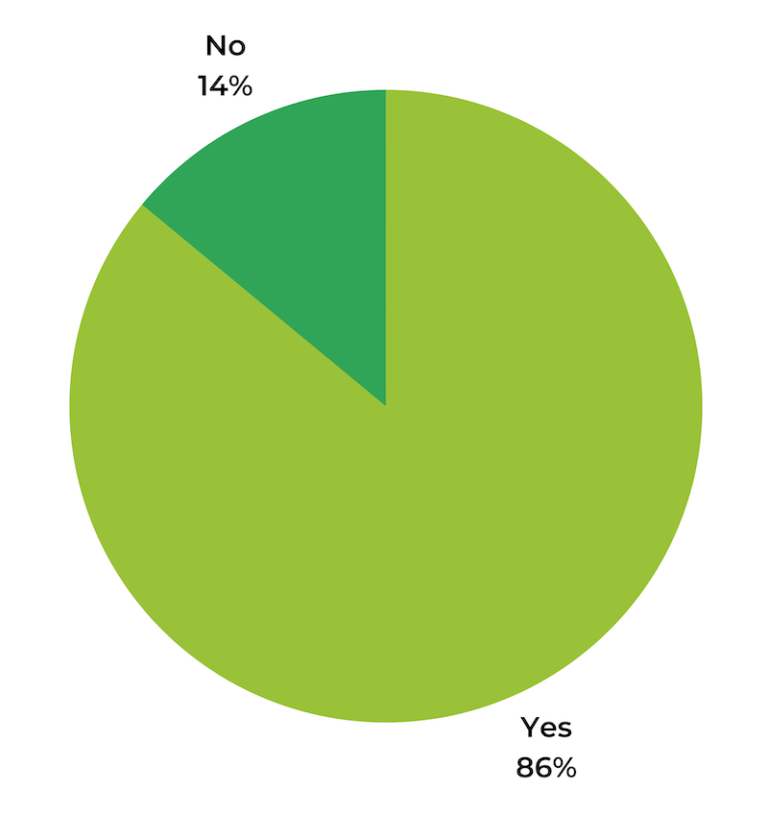
Clearly, review recency is a critical consideration for shoppers when considering a new product or brand. More recent reviews increase consumer confidence and likelihood to purchase. 54% of consumers say reading more recent reviews make them feel more confident about a purchase.
When a brand or product doesn’t have recent reviews, on the other hand, it can actually make shoppers more likely to walk away. Four in ten (38%) of consumers say if a product only has reviews that were written three months ago or more, they would explore an alternative product from a competitor with more recent reviews.
Review Recency Is Important Across Categories
Across the board, consumers in our survey rated review recency as a critical consideration when making a purchase decision. However, review recency becomes more important when trying new brands or products in certain categories.
Consumers rated review recency as more important when shopping for products in the Consumer Electronics and Appliances (95%), Health and Beauty (93%), and Clothes, Shoes, and Accessories (90%) categories. 95% of consumers shopping for Consumer Electronics and Appliances said it was more important to have recent reviews available, while only 5% said it made no difference.
However, even in categories where review recency was considered less important, the majority of consumers said it was more important to have recent reviews. For example, seven in ten (73%) of consumers felt it was more important to have recent reviews available when considering Baby Products, and 78% said the same for Dry Goods or Consumer Packaged goods.
The bottom line: No matter what type of product a shopper is looking for, they want to see recent reviews. To maximize conversions — and prevent losing shoppers to competitors — brands and retailers must consistently collect fresh reviews for all of their products.
7 Tips to Generate and Leverage Recent Reviews
Customers seek out recent reviews whenever they’re considering a new product or brand. To ensure reviews positively impact purchasing decisions, brands and retailers must implement strategies to consistently bring in a steady stream of fresh reviews, and make those reviews easy for customers to find.
Get started with the following best practices.
1. Follow Up Each Purchase with a Review Request
The best way to guarantee consistent review collection is to put it on auto-pilot. By following up with each customer to ask them to review their purchase, you can keep customers engaged and remind them to leave a review while the product is still top of mind.
Our research shows that 80% of all reviews come from an email request. Here’s an example from one PowerReviews client. Once they implemented post-purchase emails, their average monthly review numbers grew nearly tenfold.
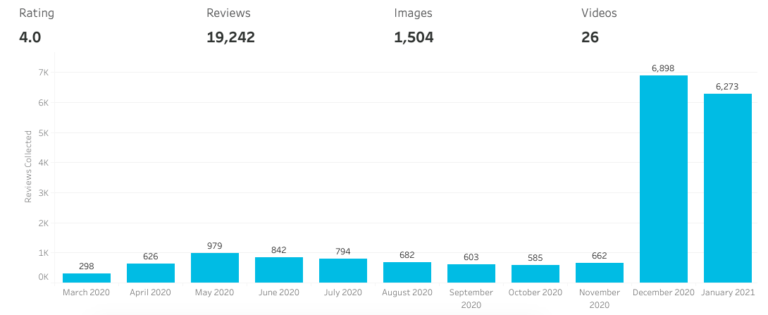
2. Share Product Samples to Generate Reviews for New Products
Conversion rates and reviews share a positive relationship — the more reviews a product has, the higher its conversion rate. Simply taking a product from 0 to 1 review can provide a 76.7% lift in conversion.
So, in order to maximize success, it’s essential that new products launch with reviews. Fortunately, this is possible to do with a product sampling campaign. Doing this kind of campaign prior to launch can make customers feel special, strengthening their loyalty to your brand. Plus, since they’ve already received a free product, they are more likely to write a review as a thank you.
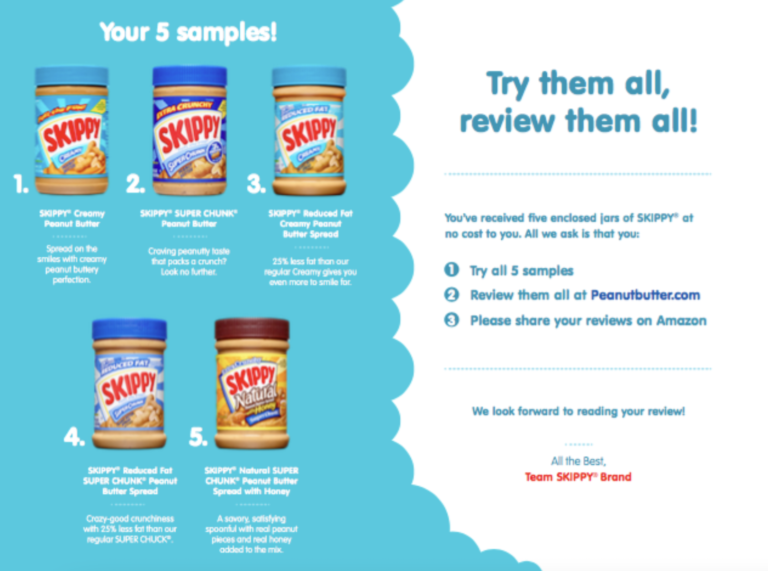
3. Run a Sweepstakes to Boost Review Numbers
Sweepstakes campaigns have equally high success rates, and can spin up fresh reviews for products with low review numbers. On average, PowerReviews clients see an 83% increase in review completion rates when they run a sweepstakes.
The rules of a sweepstakes campaign are simple: each review a customer writes counts as an entry to win. One of our apparel clients saw a 290% increase in review collection in just 45 days thanks to this strategy!
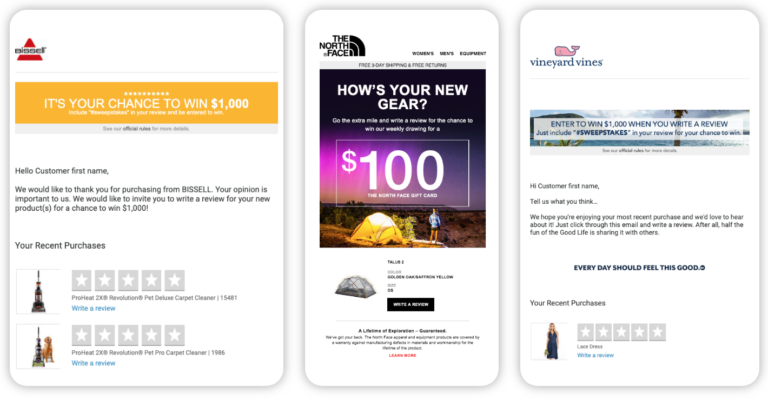
4. Incentivize Reviews With Your Loyalty Program
Some shoppers need a nudge to write a review. In fact, most do. Nearly three-quarters (73%) of consumers say they need an incentive to write a review.
If you have a customer loyalty program, include review submission as a point-earning activity. If a customer can earn loyalty points each time they leave a review, they’ll be a lot more likely to write reviews.
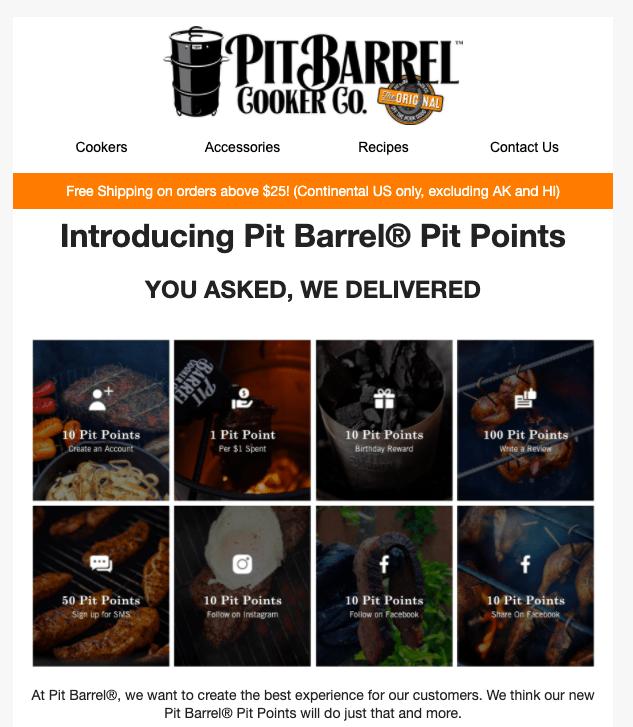
5. Make It Easy to Leave a Review
It may sound obvious, but the easier it is for customers to write a review, the more likely they are to actually do so. Ensure your review form is user-friendly, mobile-optimized, and easy for customers to fill out.
If you collect reviews via email, streamline the process even further by allowing customers to begin typing their review within the body of the email.
For orders with multiple products, invite customers to review everything in one fell swoop. When one PowerReviews customer implemented this feature, their review collection rates increased by 54% in the next month.
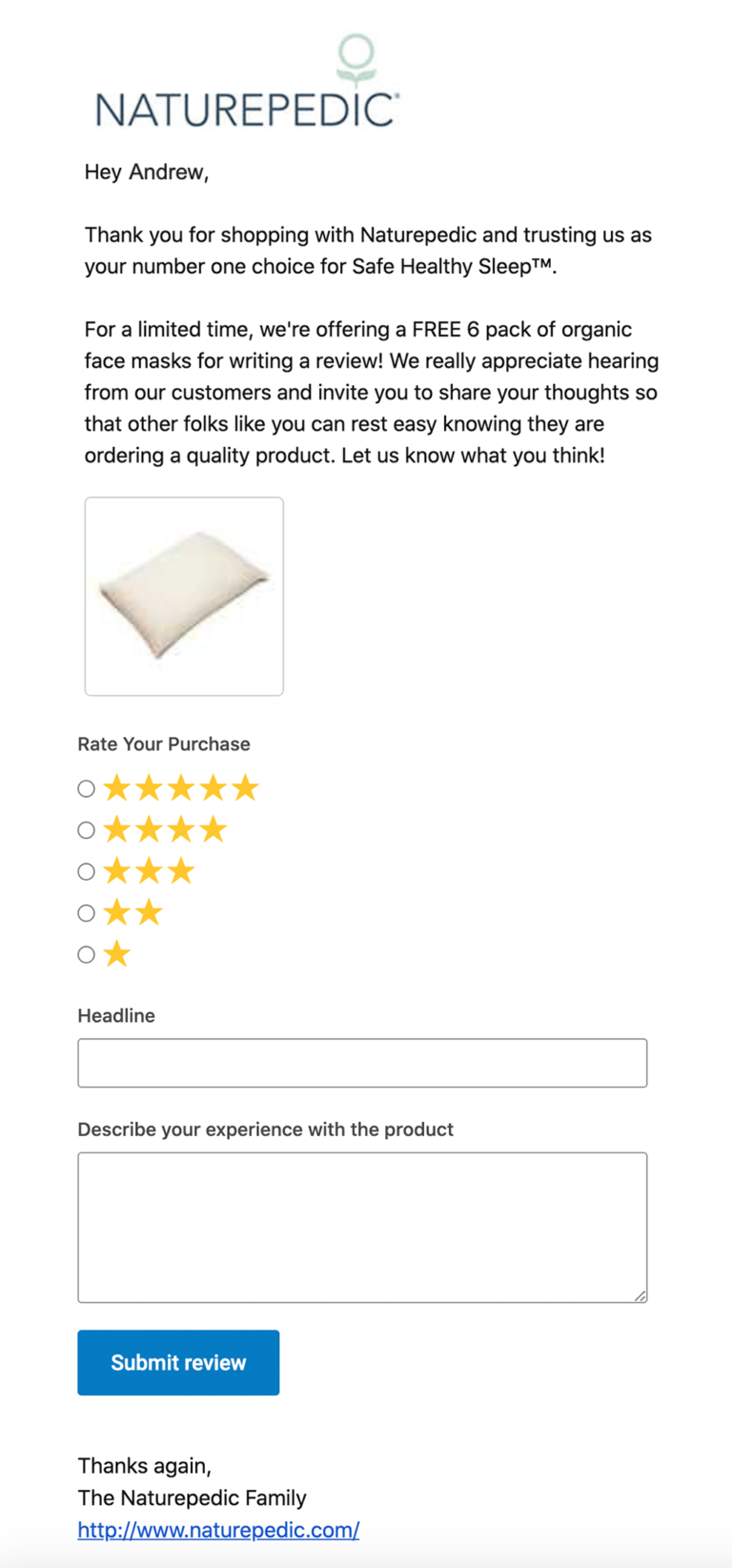
6. Prioritize Recent Reviews on Your Product Page
The majority of consumers actively seek out recent reviews when considering a brand or product they haven’t purchased before. Make recent reviews easy to find with an optimized review display. Include the date the review was submitted in a prominent place alongside each review.
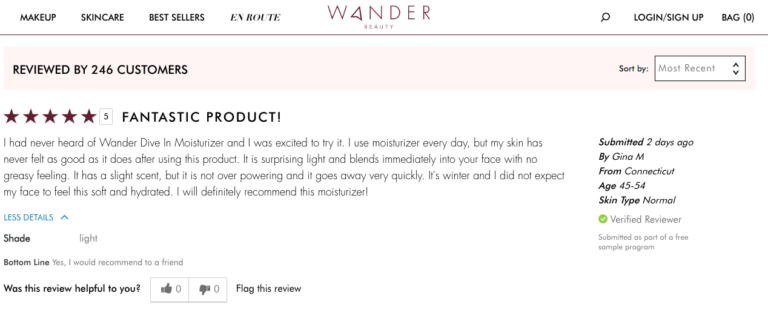
In your Review Display, default reviews to sort by Most Recent. You can include a drop-down menu so consumers can choose a different way to sort, such as Most Helpful. However, review recency is a primary consideration for most consumers, so it should be prioritized.
6. Prioritize Recent Reviews on Your Product Page
The majority of consumers actively seek out recent reviews when considering a brand or product they haven’t purchased before. Make recent reviews easy to find with an optimized review display. Include the date the review was submitted in a prominent place alongside each review.
Recent reviews are essential to building consumer confidence and reducing their hesitation to purchase. Encourage conversions by prioritizing review collection efforts across your products and brands. Use post-purchase emails, sweepstakes, and sampling campaigns to ensure new reviews keep coming in, and optimize your review displays to make them easy for customers to find.





